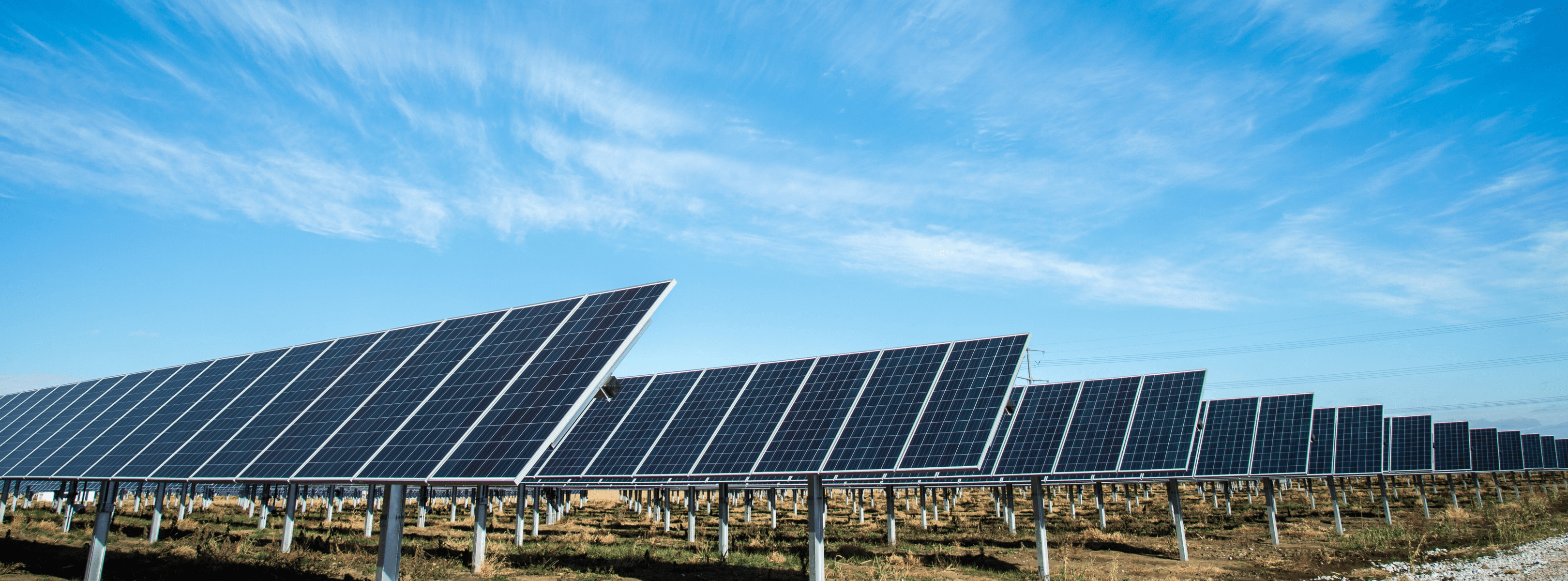As the country strives for renewable energy sources, solar power has become cheaper, more accessible, and more widespread in the United States than ever.
The market is maturing rapidly, and so too are services around domestic and industrial solar operations, including inspection and maintenance.
So how often do solar panels and solar farms need to be maintained?
Proactive Vs Reactive Maintenance
In general, solar panels require less maintenance than renewable alternatives such as wind turbines. Unless they are part of a sun tracking setup, there are no moving parts and a limited number of things that can go wrong.
For domestic solar panels, equipment should be inspected a few times every year to ensure there is no debris, dirt or damage. No matter the scale of your solar operation, small inefficiencies left unresolved can add up to big losses in the long term.
Exactly how often depends on the surrounding environment and weather. Dust, foliage, dirt, natural disasters, curious animals and bird droppings can all cause issues.
Over time, a combination of weather, the environment and random instances can lead to corrosion, general deterioration and inefficiency.
Proactive inspections and maintenance are the way to go, particularly if you’re running multiple panel strings or a whole farm. Regular inspection, cleaning and maintenance is the best way to ensure panels are providing the highest output possible.
It’s important to see maintenance as an ongoing process. Baseline data gathered when a solar panel or farm is commissioned can be added to on a regular basis, making anomalies easier to spot and faults easier to find.
But as with any type of inspection, there are costs involved. Choosing how regularly you maintain your solar equipment is a balancing act of risk and reward. For larger solar farms, it’s best to carry out regular checks and build a catalogue of orthomosaic maps. These will provide a benchmark to compare against over the long term.
How Drones support faster, safer, more effective solar inspections
One of the reasons solar panel inspections can be costly is the time they take to carry out. If you need a team of technicians on site for several days to manually inspect a whole farm, the expense will understandably reduce your scope for proactive maintenance.
The adoption of drone technology is one way maintenance teams are speeding up the process, drastically reducing inspection times with the benefit of an eye in the sky.
But there’s much more to gain by bringing drones into the fold than shorter inspection times. It’s also about the quality of the data that can be gathered with a drone.
Drones can be used with thermal sensors and RGB (visible light) cameras to detect debris, technical issues and build orthomosaic maps to help inspection crews set benchmarks and discover anomalies.
The ability to do this quickly and at scale is vital. The sooner an issue is spotted, the sooner it can be rectified and the shorter the amount of time capacity is limited for.
Drones also support safer inspections. Often panels are difficult to reach, whether they are installed on rooftops or suspended several feet off the ground. Viewing them from an angle that’s useful can require ladders and other measures that otherwise put crews’ safety at risk.
There is no definitive answer for how often solar panels need maintenance. But using drones as part of a regular inspection process can increase productivity and keep costs down in the long term.
Find out more about solar inspections in our How to Inspect Solar Panels guide or visit the Solar Industries Page on our website.




.png?width=360&name=Banner%20Templates%20(4).png)
